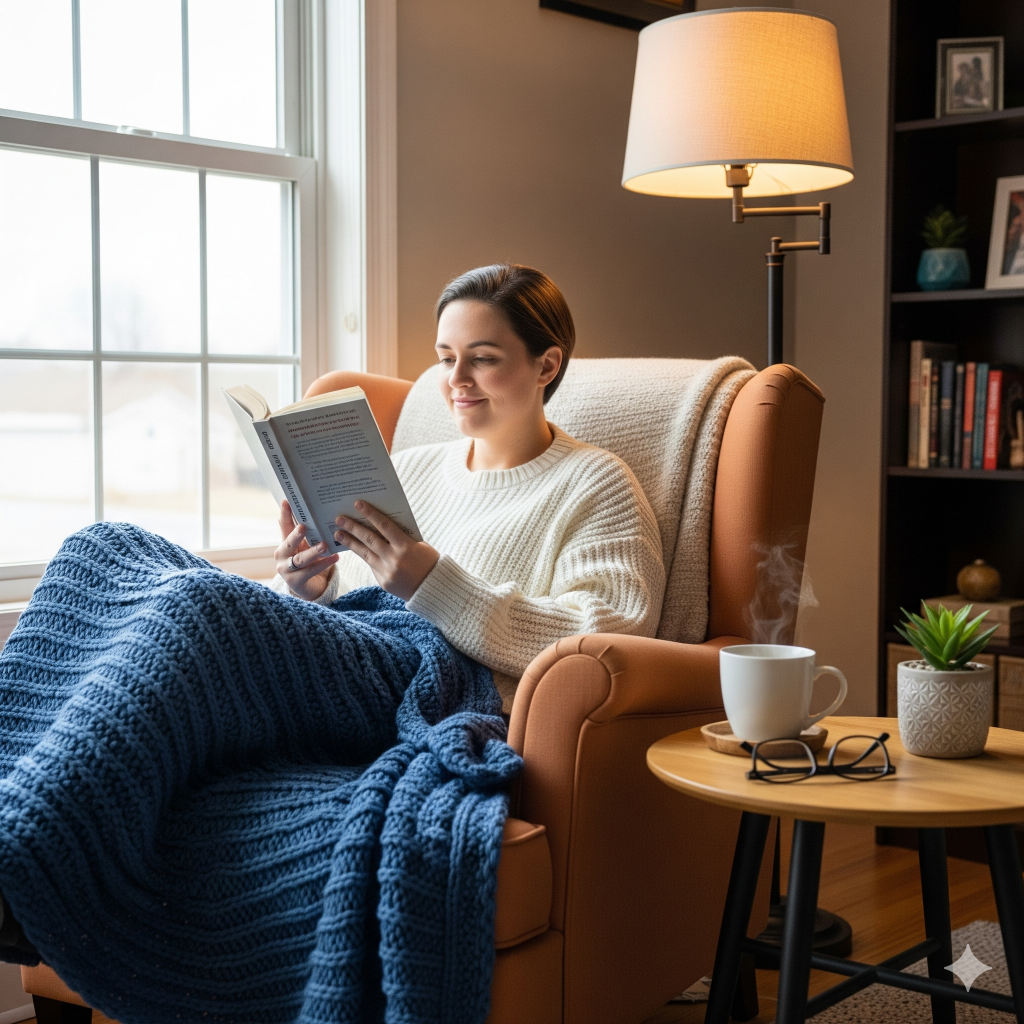
Reading comfortably and without strain starts with mindful habits and thoughtful ergonomics. Often we dive straight into a book or screen without preparing our environment, yet small adjustments in posture, lighting, and timing can make a big difference, keeping your eyes and body relaxed even during long reading sessions.
Eye strain is one of the most common irritants for avid readers. To protect your eyes, routinely blink to keep them lubricated, and remember the simple 20 20 20 rule: every 20 minutes, shift your gaze to an object about 20 feet away for at least 20 seconds. This helps your eyes reset and reduces fatigue.
Lighting plays a crucial role too. Read in natural light whenever possible, and avoid dim or glaring setups. If you need artificial lighting, choose a lamp that directs light evenly across the page without creating harsh reflections. Maintain a reading distance of about an arm’s length, around forty centimeters, to reduce eye strain and prevent hunching over.
Posture matters equally. Support your back and keep your book or device at eye level to avoid neck and shoulder tension. If you are reading in bed, prop yourself up with stable pillows in a slightly reclined position. Use a reading pillow or lap desk to help keep materials at a comfortable viewing angle.
Breaks are essential for both your eyes and your body. Beyond following the 20 20 20 rule, take short breaks after extended reading sessions. Stretch your neck, change reading positions, or simply stand and move. These pauses help relieve tension and improve circulation, making the next reading stretch more comfortable.
Building good reading habits is not just about comfort, it is about sustainability. By maintaining proper distance, posture, lighting, and rest, you preserve your eye health and ensure that reading remains a joy for the long haul. Small adjustments today lead to a lifetime of strain free reading.